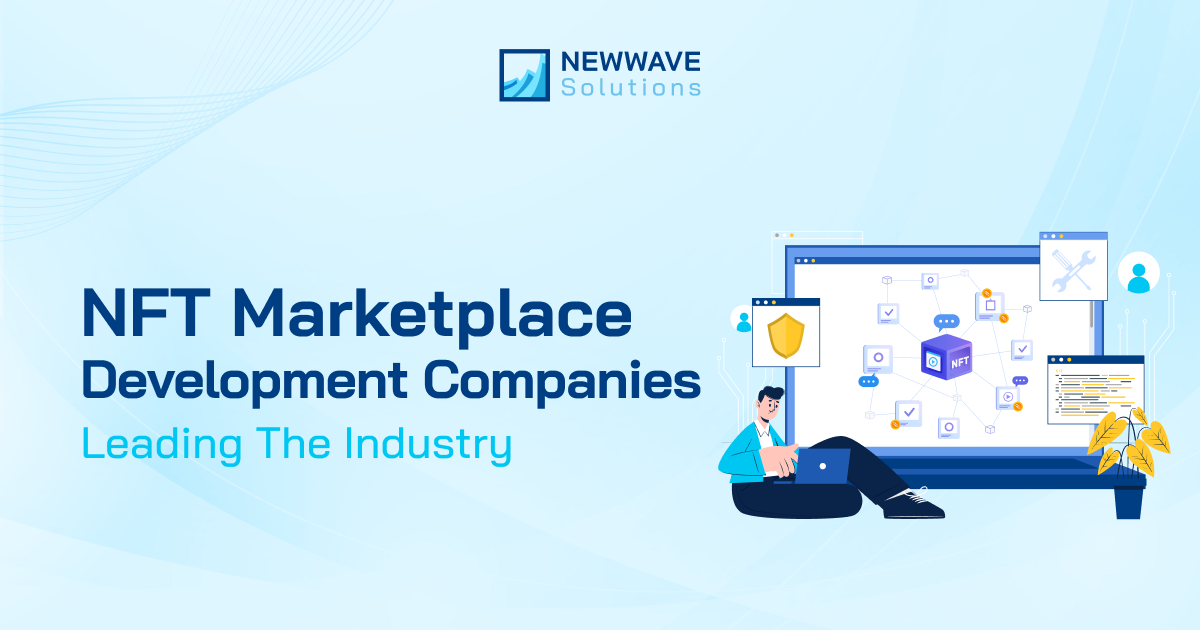
5 Questions you Should be Asking about Web3

The term “web3” is now everywhere, and people say that it could be the future of the Internet, but what exactly is web3 and why does it matter? If you are interested in Blockchain technology, cryptocurrency, NFTs, or metaverse, you might have heard of Web3. Web3 is said to be built, owned, and operated by its own users instead of being monopolized by only some massive technology companies, so it is all about decentralization and openness.
Table Of Contents
Toggle1. Web3, Web2 And Web1: What’s The Difference?

To understand Web3 better, there is the need to wrap your head around Web1 and Web2. Keep reading to see the difference between these three kinds.
1.1. Web1
Technologies used in Web1 are core web protocols like HTML or HTTP. In terms of content, Web1 has static pages that offer read-only content for users to gain information. There is almost no interaction between web pages and users, and only the webmaster can update and manage the content of the website.
1.2. Web2
Around 2004, Web2 became the next phase of the Internet when published content shifted to more user-generated and read-write content with the appearance of social media platforms. This means that users not only can read the information that companies provide on the website but also can upload and download information.
Some types of Web2 you may use on a daily basis are social media platforms, blogs, podcasts, or messenger. Web2 can be referred to as the social media era, and this situation also gave way to the domination of big tech platforms.
In Web2, content creators build communities and post content, but digital service providers are the ones who own customer data and therefore earn revenue from it. Basically, in Web2, the flow is that some company launches an app, attracts as many users as they can, and then monetizes their own user base.
1.3. Web3
Not only read or read and write, now it is about a read-write-own platform. And that’s what Web3 is. Its aim is to give users more control over their own data. This technology is decentralized as it brings a new model for community based on distributed decision-making and governance thus reducing the control of massive corporations.
In Web3, all the users’ information lives on blockchain in digital wallets, and when they log off, they will disconnect their wallets and bring their data with them so companies can no longer monetize the information. At the same time, Web3 offers payments that are peer-to-peer and support multiple tokens and blockchains.
2. What are The Benefits of Web3?
Based on decentralized technologies, Web3 has some key benefits to offer. Let us find out how Web3 is beneficial:
- Ownership of data: Users can have full ownership and control over their data and information with NFTs (non-fungible tokens). Instead of being stored and sold to third parties by large tech companies, the data and information can be shared with permission.
- Privacy: Interactions between users and Web3 platforms will be anonymous and confidential if the users choose so.
- Openness: Any user can access the service, no permission is required. No one can deny your access to the service anymore.
- Co-construction: While in Web2, users’ content creation is limited due to the platform auditing or restrictions, in Web3, these limitations will be eliminated.
3. What Are The Popular Uses Of Web3?
3.1. DeFi
DeFi (Decentralized Finance) is a protocol based on secure distributed ledgers. It is an open financial system that stands on its own and does not require the control of banks and financial institutions. DeFi in Web3’s version would be an even more transparent and open financial system.
3.2. Smart Contracts
Smart contracts are definitely the backbone of Web3 since they enable applications like NFT marketplaces, DAOs, or decentralized exchanges.
3.3. Cryptocurrency
A cryptocurrency associated with Web3 can offer various services like computation, bandwidth, hosting, storage or identification services, which have always been offered by cloud providers. Cryptocurrency and Web3 both share the core principles of equal, open access and decentralization.
3.4. NFT
One of the biggest highlights in Web3 use cases is NFTs (non-fungible tokens). NFTs are digital certificates on a blockchain and can be anything, from art, collectibles to assets in the virtual world.
Read more about NFT and NFT marketplace development here!
3.5. Metaverse
The metaverse promises to enable people to interact with each other in the virtual world. This technology applies Web3 principles by allowing full control of users’ experience and promoting open access to any individual.
4. What Technologies Does Web3 Rely On?
The key technology behind Web3 is obviously blockchain. At the moment, users have to trust companies to deliver the service they promise, but with Web3, products and services are decentralized and built on blockchains, so users no longer have to place their trust in those companies.
5. What Platforms And Languages Should Be Used In Web3 Development?
The soaring popularity of Web3 is undeniable, and because of that, Web3 development is undoubtedly on the rise. A lot of companies are looking for Web3 development services to revolutionize their businesses.
If you are one of those who are flocking to this trend, you might be interested in choosing the right web3 programming languages. We have listed some top blockchain development languages that you should keep an eye on, including C#, C++, JavaScript, Java, and Solidity.
For Web3 development platforms, check out these outstanding options:
- Moralis: This platform is compatible with Web3 tools and services, and it provides everything you need to build high performance Dapps.
- The Graph: With The Graph, anybody can build and publish open APIs that can be turned into a decentralized API, which makes it easy for people to use and build on the data.
- Alchemy: Alchemy helps users build scalable decentralized applications with the ease to integrate.
- Brownie: This is a Python-based framework for the development and testing process for smart contracts targeting the EVM (Ethereum Virtual Machine).
Final Thoughts
Web3 focuses on a decentralized web cluster where people can create and own their content without being managed by third parties. This technology is expected to open the door for putting power back in the hands of users since it is self-governing, trustless, and verifiable. A lot of companies are thinking about a business model that involves this technology by deciding which parts of the business would be decentralized.
If you want to transform your business with the latest technology, simply leave us a message! Our team at Newwave Solutions is working hard to bring the most valuable tech products and services to our customers.
To Quang Duy is the CEO of Newwave Solutions, a leading Vietnamese software company. He is recognized as a standout technology consultant. Connect with him on LinkedIn and Twitter.
Related News
-
 Top 5 NFT Marketplace Development Company in 2024August 28, 2024 View more
Top 5 NFT Marketplace Development Company in 2024August 28, 2024 View more -
 The Beginner’s Guide To Build NFT Marketplace DevelopmentAugust 28, 2024 View more
The Beginner’s Guide To Build NFT Marketplace DevelopmentAugust 28, 2024 View more -






